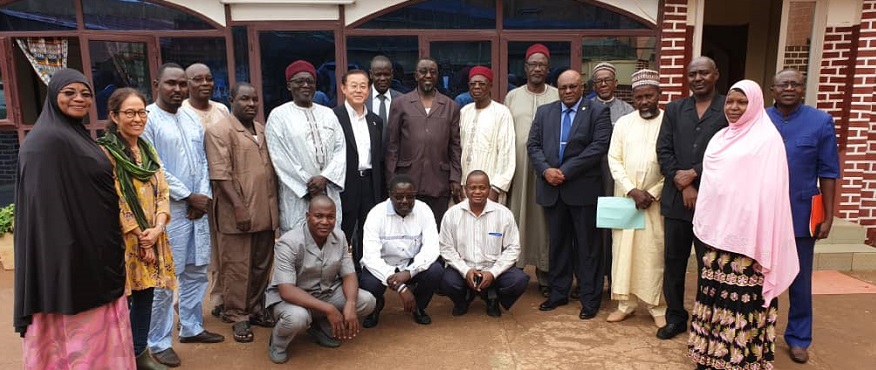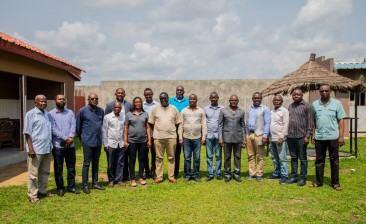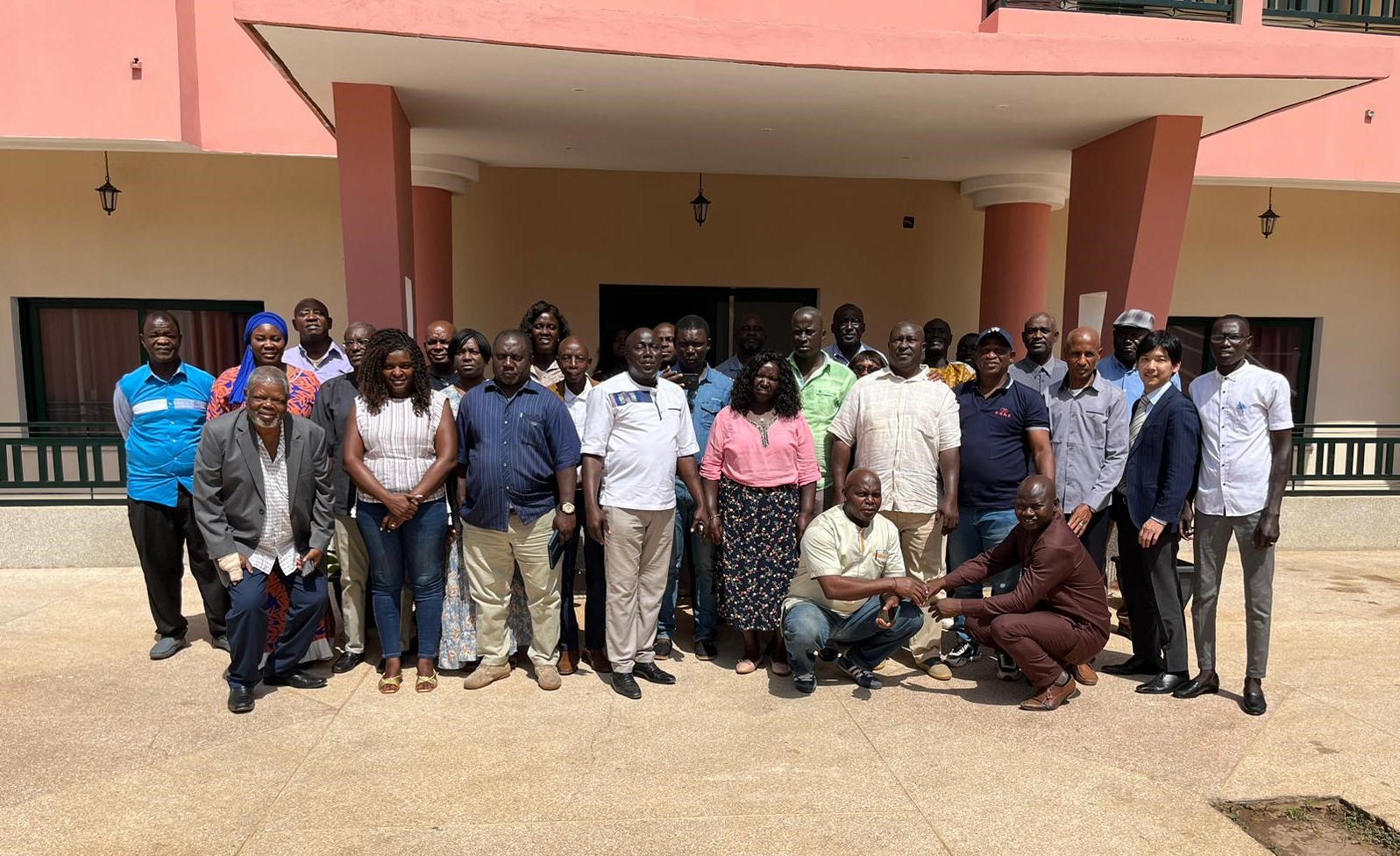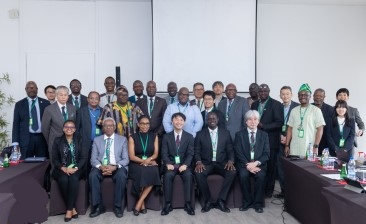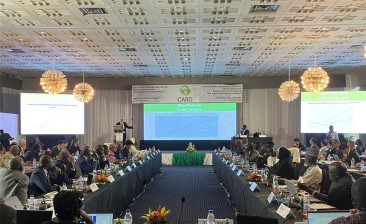Niger, July 2019
First Working Week for NRDS revision in Niger
In Niger, rice is the third cereal crop after millet and sorghum in terms of both area and production. Rice consumption has increased from 18 Kg/year/inhabitant (2010-2017 period) to 20.4 kg/year/inhabitant in 2018, which has increased the total national rice requirement from 257,434 tons in 2010 to 435,150 tons in 2018 (an average increase of 22,215 tons/year). To reach this level of rice demand, Niger had to increase its rice imports from 144,000 tons in 2010 to 526,000 tons in 2018. To overcome the dependence on rice and reduce the rice import bill, Niger can only reinvigorate the sector throughout its value chain. In this regard, the High Authorities have decided to accelerate the pace of growth in the sector in order to reach self-sufficiency by 2023 and to release a stock of security by 2030.
To reverse the importation trend, Niger is planning to revise its rice strategy in order to allow the country to achieve rice self-sufficiency in 2023. It is in this context that the CARD first working week was conducted in order to review the National rice development strategy; from 22nd to 26th of July 2019.
Chaired by the Deputy Secretary-General of the Ministry of Agriculture and Livestock, this workshop saw the participation of the main actors of the segments of the rice value chain in Niger. The objectives of the workshop included both the launch of CARD support activities in Niger and the development of the new rice strategy.
Key outputs / Results
In terms of results, it should be noted that the participants developed the draft of the rice strategy, which constitutes the frame of reference for all public interventions for the development of the rice sector. Its elaboration followed a participatory approach, involving all key actors.
The results also show that it is necessary to establish a transversal institutional and organizational architecture focusing on the value chain and above all to reach production levels of nearly 900,000 tons of paddy by 2023 and 1,520,000 tons by 2030. In order to do so, it will be necessary to rehabilitate 19,000 ha of irrigation schemes and proceed to the development of 50,000 ha of new irrigation schemes. In addition, it will be necessary to modernize and intensify the production systems through the use of inputs respecting the agronomic standards.
The projections show that if the new strategy is not implemented, the rice deficit would rise to 445,000 tons in 2023 (import bill worthy of about FCFA 250 billion of import bill) and 648,000 tons in 2030 (nearly FCFA 350 billion of import bill), but if the new strategy is implemented, Niger could reach self-sufficiency in rice by 2023 and have a stock of security of about 39,358 tons in 2023 and 248,700 tons in 2030.
The implementation of the strategy will have an impact on the socio-economic development of the country. In this regard, a 133% increase in the coverage of rice consumption needs by 2030 and improvement of the balance of trade will be noted. In addition, the private sector will be heavily involved and new jobs will be created in the sector for the benefit of young people and women.
The strategy adopted for the sustainability of the actions implemented is mainly based on:
(i) government focusing on its sovereign role,
(ii) greater involvement of the private sector in the rice value chain and
(iii) a demand-driven approach via a contract-based system to make actors introducing a contract-based system to make those involved more responsible.
Currently, many initiatives (40 projects) are ongoing or under formulation that will enable the rapid implementation of the new strategy.
With these first projections, it is expected that the NRDS document will be finalized by December 2019. To this end, after receiving technical comments, a second working week will be organized for the determination of the costs and the elaboration of an NRDS action plan.

